I usually leave crafting to Martha Stewart, but this project has been four years in the making and I’m chuffed about it. Four years ago we began harvesting honey from our backyard bee hive. Four years ago we started saving the wax in order to make five new pillar candles for a swanky candelabra in the dining room. Last week, the dream came true.
Many people don’t know that before I became the Gardenerd, I was the Crafter of Things. Yes, that was the official name of my candle-making business. Long ago I gave away my equipment and scrubbed the last of the dye stains off my linoleum floor, and never missed the mess it caused on my stove. Beeswax has restored my love of candle-making. Here’s why:
Beeswax is Natural

Paraffin candles are made from petroleum derivatives, which off-gas into your home. Beeswax is a natural fat that bees produce to build their comb. It burns clean. It also smells wonderful.
Beeswax is a Renewable Resource
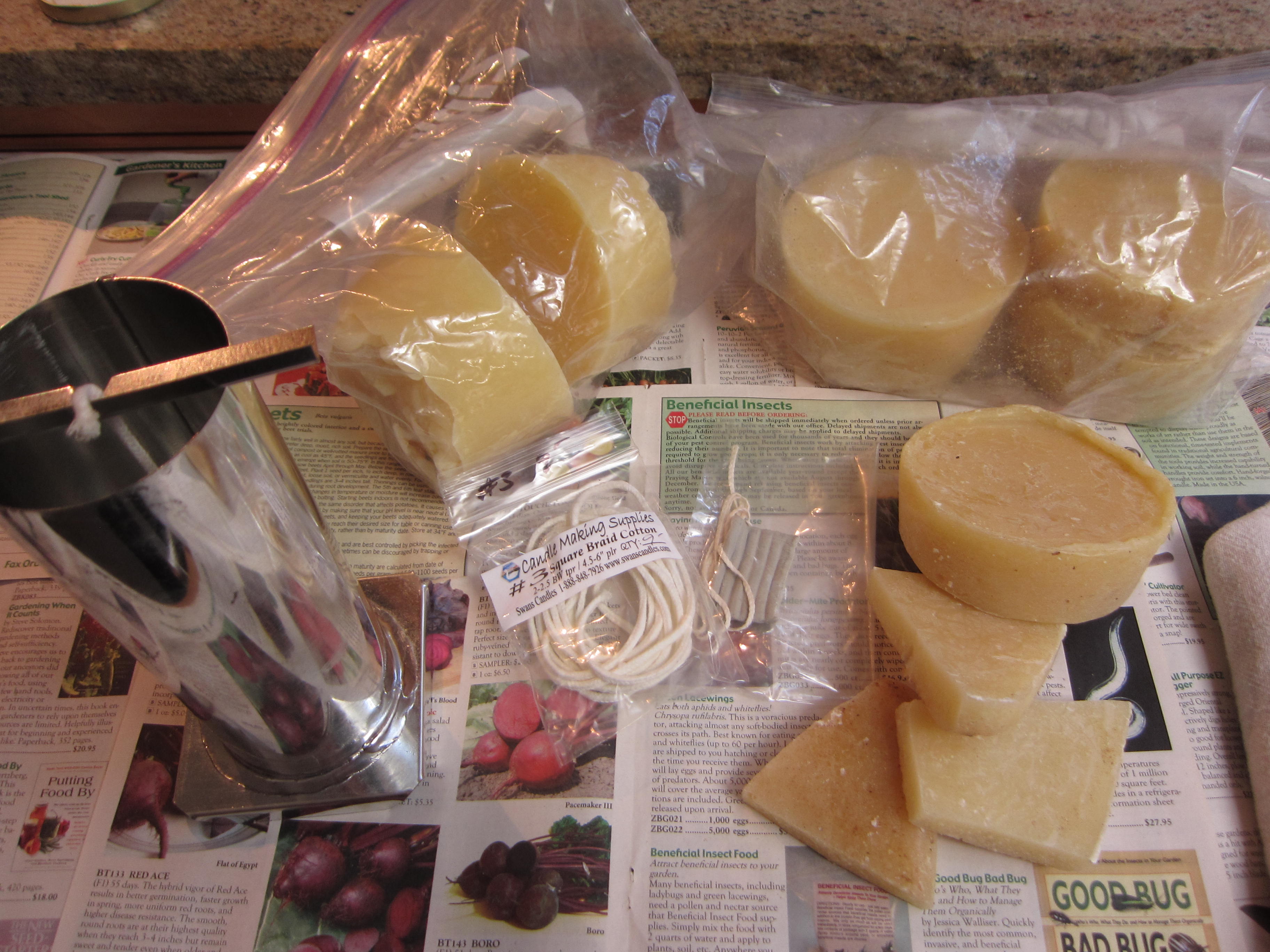
Bees make beeswax every time they start a fresh comb. We cut the comb out each time we harvest honey, and the bees start building more. Fresh comb keeps the hive clean, disease-free, and organized. Plus it’s what bees do. Every day. With or without us. No drilling, no contaminated water supply, no pollutants.
To be fair, it does cost energy (gas, electric, or solar) to melt the wax. Hint: do not microwave for more than a minute at a time or you’ll have an explosion to clean up. We nuked the wax for 2 minutes (1 at a time) then transferred the jar to the stove.
Beeswax Cleans Up More Easily
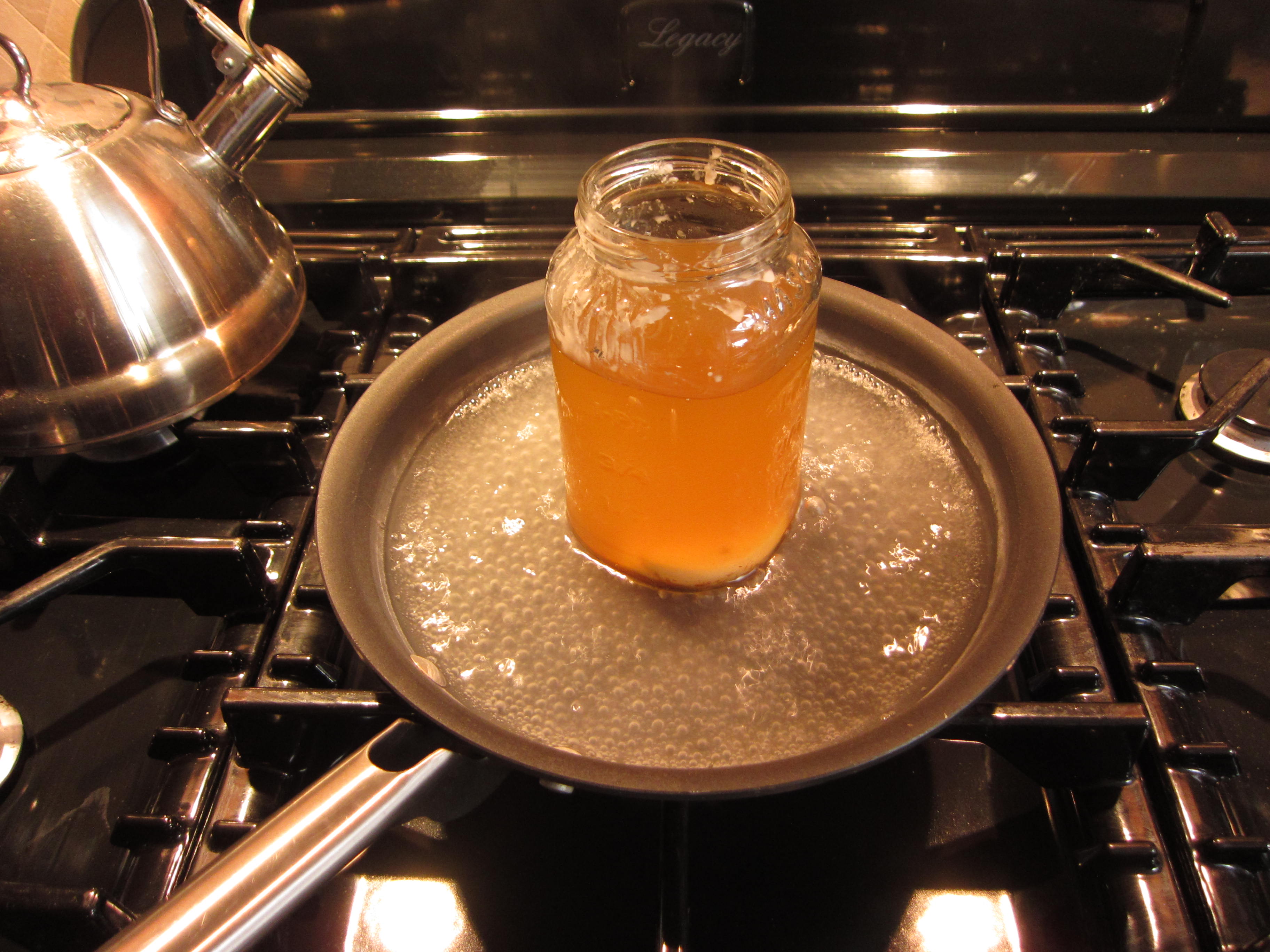
In the old days of candle-making, I used dye and scent in my wax. That stuff stains everything. Everything! Plus paraffin doesn’t come off enameled surfaces easily. Beeswax comes off easily and in its natural state does not stain. We used an old pan and a Mason jar on the stove as a double boiler. It takes about an hour for the wax to melt. Meanwhile we prepared the mold.
Metal molds are more professional, but you can re-use milk cartons, soda cans, or just about anything you can remove once the candle is made. We bought a 2 1/2″ x 6″ pillar mold, and some #3 square braid wick (larger wick is required for natural wax than paraffin). We used olive oil to coat the mold before stringing the wick. The mold comes with a screw for holding the wick in place, along with putty for sealing the hole.

Beeswax Smells Divine
When the time comes to pour the wax, it smells fresh and clean. Paraffin puts off a funky smell I don’t miss. Paraffin also left a film on my kitchen back then (and probably my lungs). Here’s a trick of the trade: pour a 1/4″ of wax in the mold and rub an ice cube over the putty to ensure the wax sets before pouring the rest of the candle. Screws and putty aren’t always enough to stop leaks, especially with thinner wick. The ice cube trick works every time.
Beeswax solidifies in a few hours, then we put the mold in the fridge to release. Remove the putty, take out the screw and un-mold the candle. You can clean up any rough edges by polishing with an old pair of pantyhose.
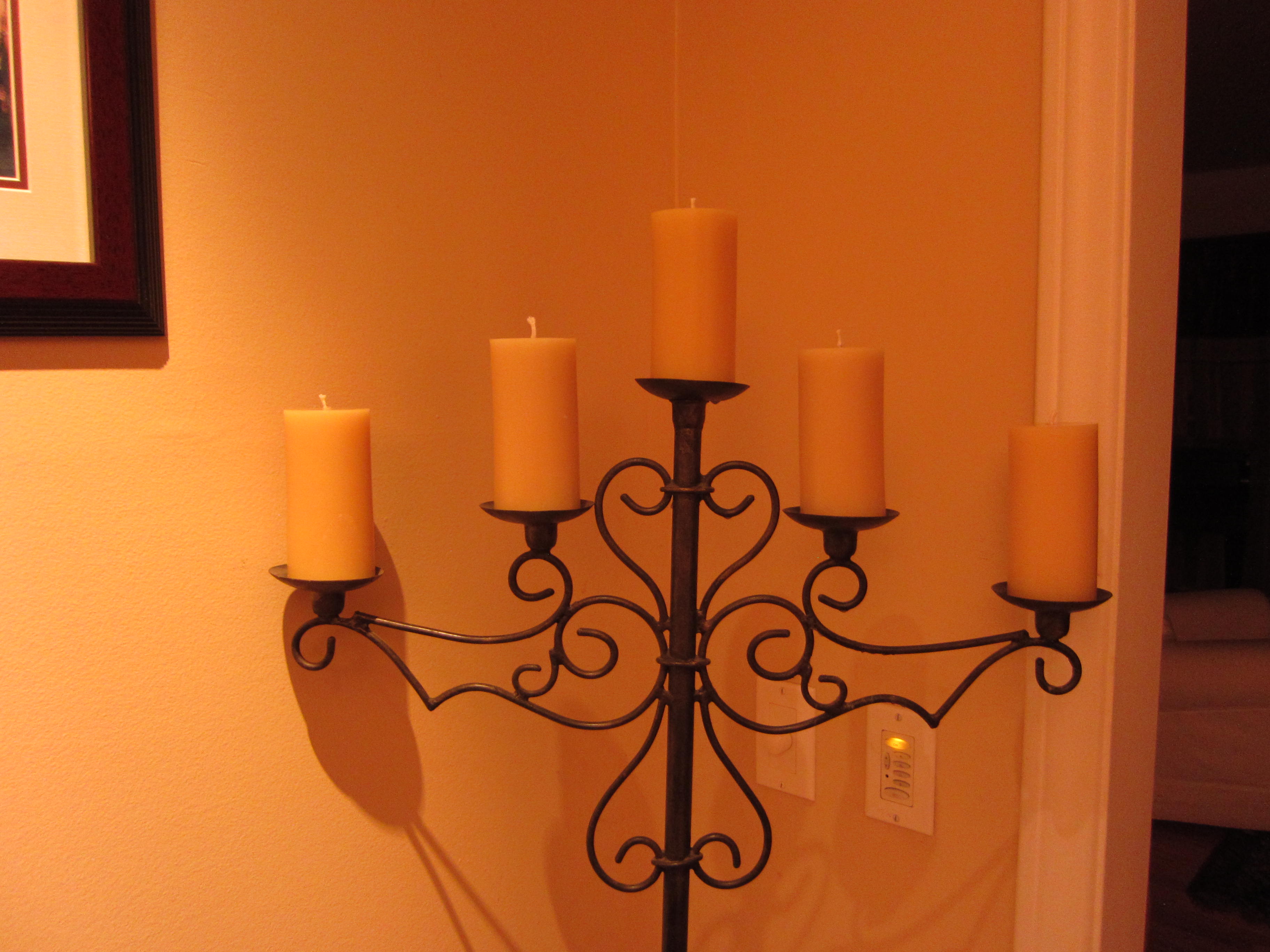
Most people make tea lights or something small so they can use their beeswax right away. For us, this plan was worth the wait. It took a few days with only one mold, but our candelabra is now outfitted with honest to goodness, truly home-made candles. They will last for awhile, and we’ll start saving for the next round.


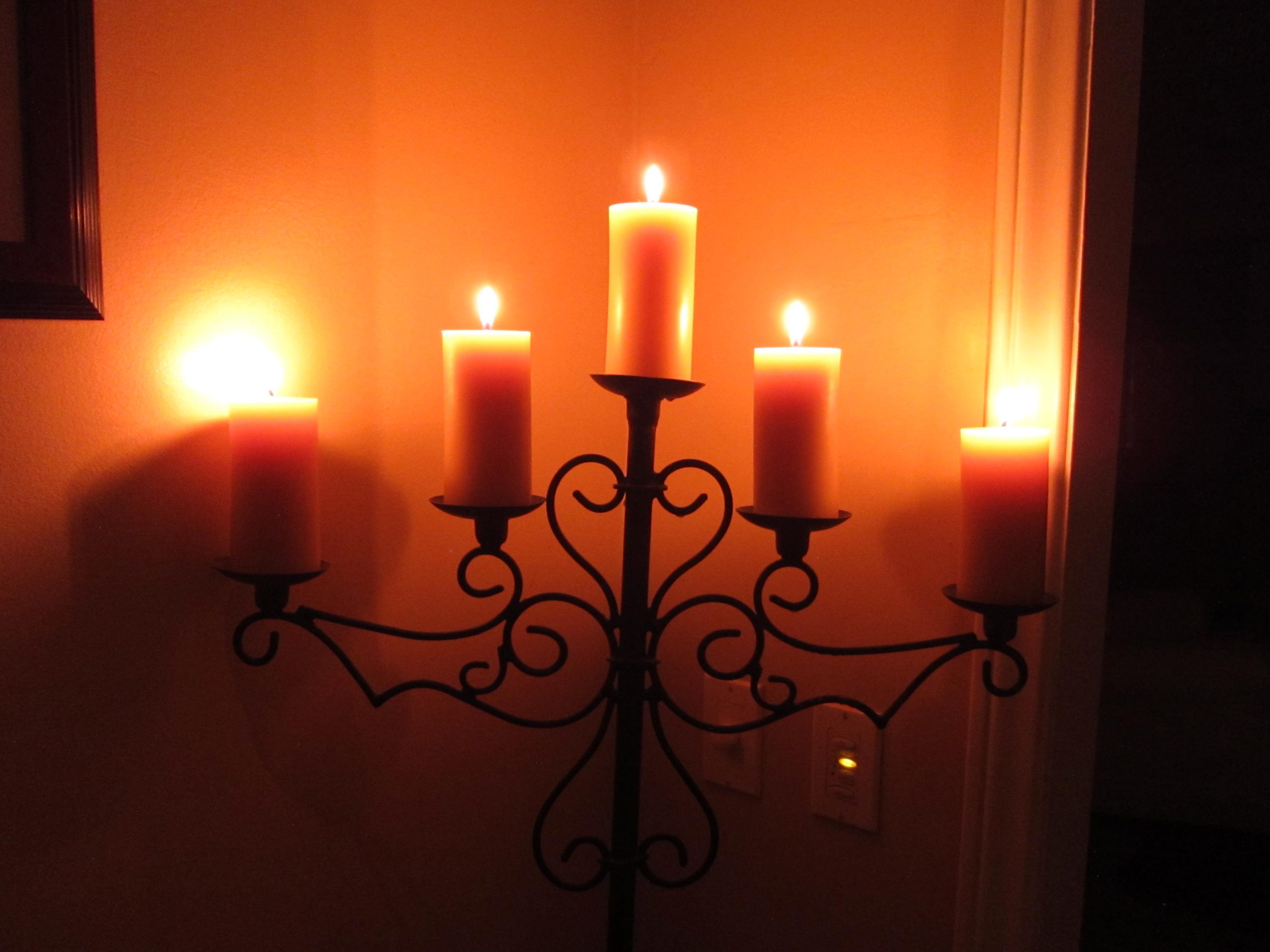
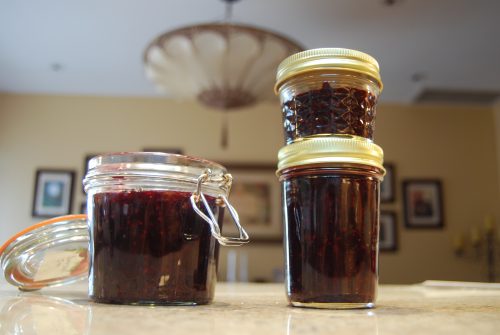

This is amazing! Is it possible to reuse the melted wax from these candles to make new ones?
HI Jessica, Yes it’s possible to melt down old candles to make anew. In fact, that’s how my old candle making business started. I made layered candles from all the scraps I found lying around my dorm in college. Eventually I graduated to buying clean wax, but you can definitely do this. It’s a great way to use up candle stubs around the house.